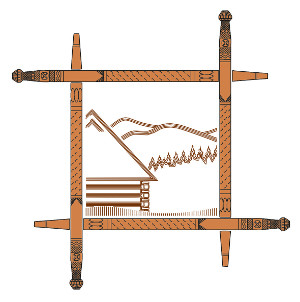NATIONAL PARKS and natural attractions
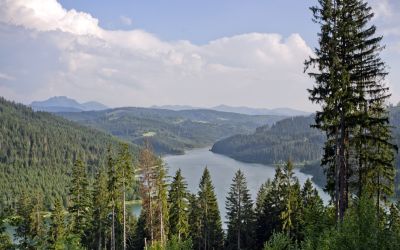
Opis produktu
TYPE OF THE ROUTE: footpath
THE ROUTE:
Kysuce’ Landscape Conservation Area – Landscape Conservation Area ‚Strážovské vrchy’ – Malá Fatra National Park – Upper Orava Landscape Conservation Area – Tatra National Park – Low Tatras National Park – Veľká Fatra National Park
DESCRIPTION OF THE ROUTE:
Before leaving for particular attractions, it is worth to familiarize yourself with the local conditions for hiking, because Slovak regulations do not always coincide with Polish - e.g. in the Tatra National Park in the autumn-winter season, some of the trails are closed, and climbing to the highest peaks requires confirmation of qualifications or hire of an accredited guide. In addition, it should be remembered that the costs of rescue actions are borne by tourists, so it is recommended to buy appropriate insurance if you go to the higher parts of the mountains.
Landscape Conservation Area - Kysuce
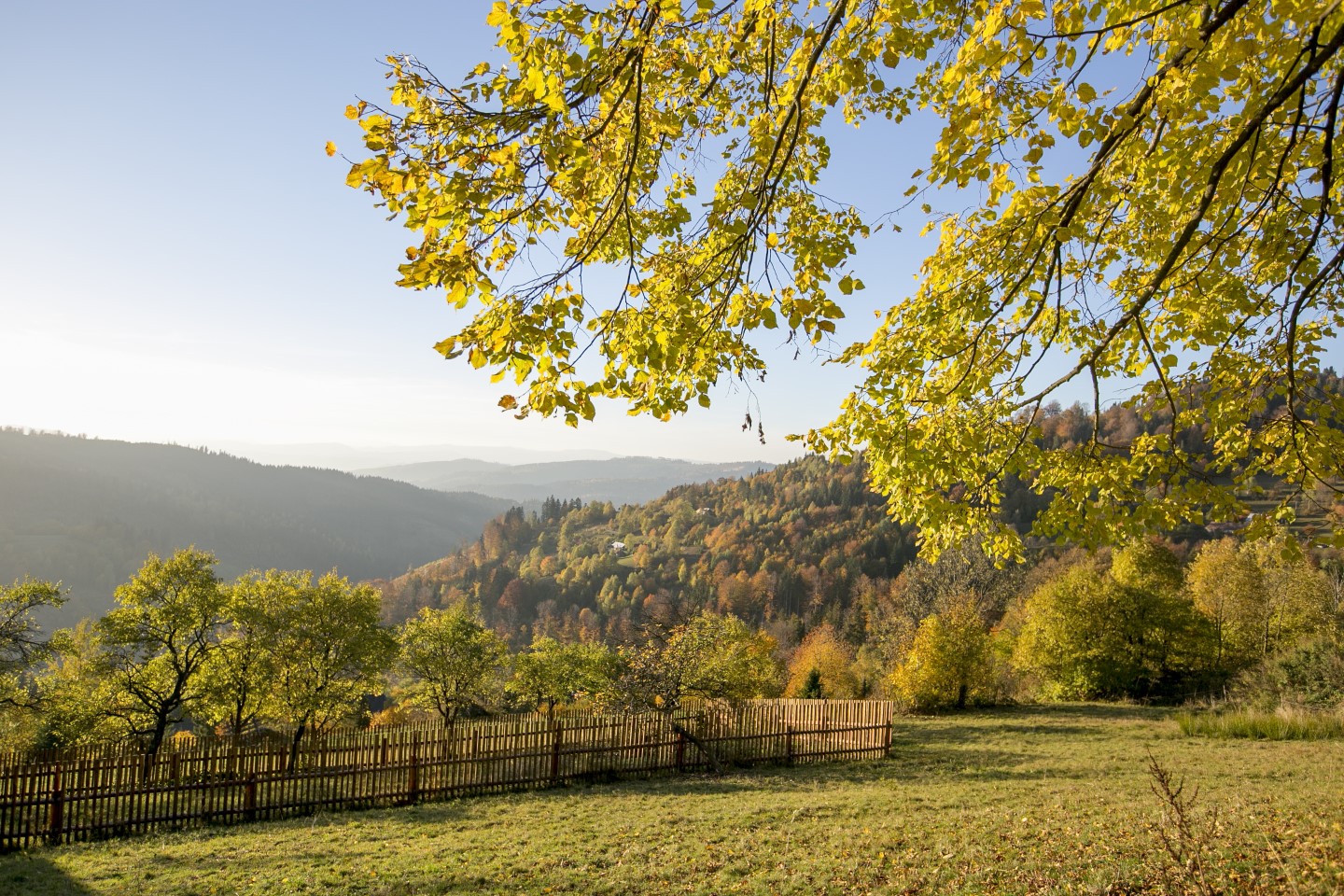
The Kysuce Landscape Conservation Area is located in the north-western part of Slovakia, near the Malá Fatra National Park. It consists of two separate parts - Western Jawornicka and Eastern Beskidy. More than half of the territory is covered by forests, especially mixed forests. The area has a rich network of springs and streams, which is why marshy meadows and peat bogs with many protected and endangered plant species can be found here. So far, 205 species of vertebrates have been identified, including wolf, bear and lynx. Among the birds we can find the owl and the three-toed woodpecker.
Landscape Conservation Area - Strážovské vrchy

The Strážovské vrchy (Strážovské vrchy) landscape conservation area was established in 1989 for the protection and rational use of the most unspoilt areas of the Strážovské vrchy. The area covers almost 31 000 ha, most of which is covered by forests (78%). The highest peak within the area is Strážov (1213 m above sea level) covered with a unique sycamore beech forest. Unlike most of the central Carpathian arch mountain formations, the Súľovské and Strážovské Vrchy do not have a central ridge, spreading in different directions between the basins and deep valleys. There are relatively high altitudes here, because the valleys are situated on average at an altitude of 315 - 655 m above sea level and the peaks of 600 - 1213 m above sea level. The north-south orientation of the mountain range enables the occurrence of both thermophilic and mountain plant and animal species.
National Park Malá Fatra
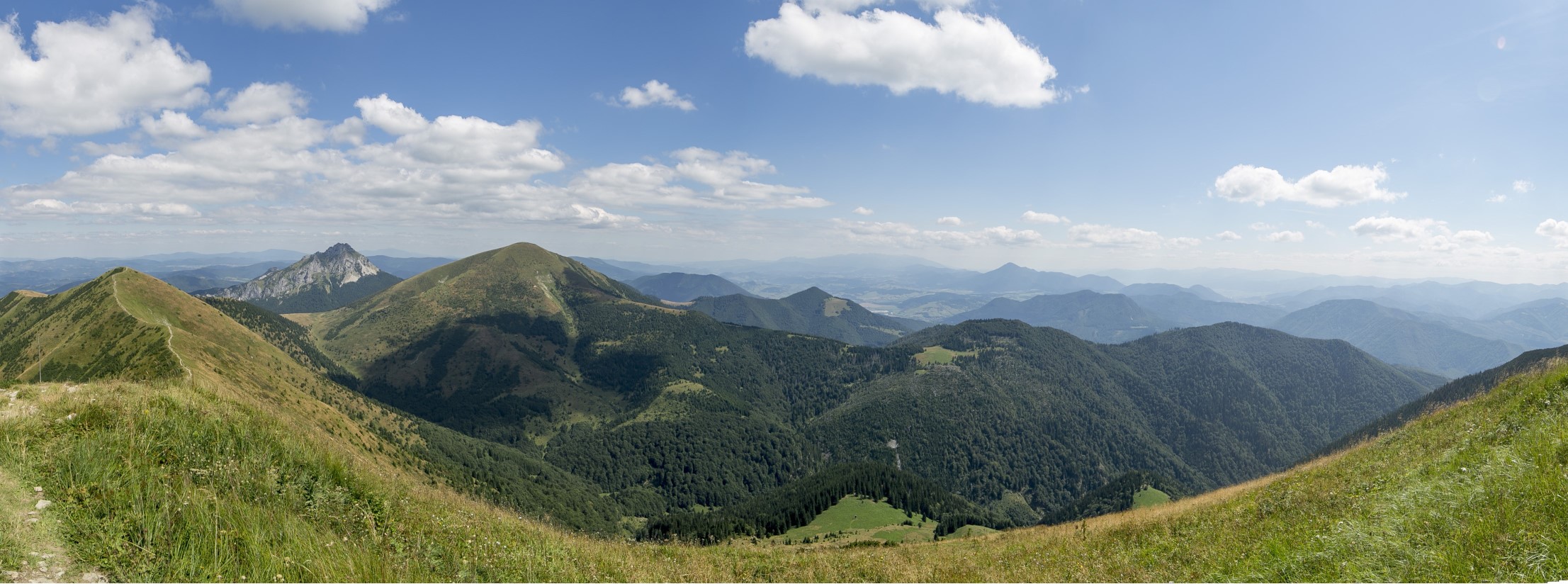
Malá Fatra National Park is located in the north-western part of the Western Carpathians. It is characterized by an extraordinary diversity of geological and climatic conditions and the beauty of the landscape. We can find here interesting rock formations, cliffs, ravines and cracks. So far more than 900 plant species have been identified. The limestone and dolomite forms are home to protected plant species such as aster alpine or gentian. Forests make up 70% of the area and the most common species are beech, spruce, fir and mountain sycamore. The territory provides favourable conditions for bears, lynx, otters, eagles and other animals.
Landscape Conservation Area - Upper Orava
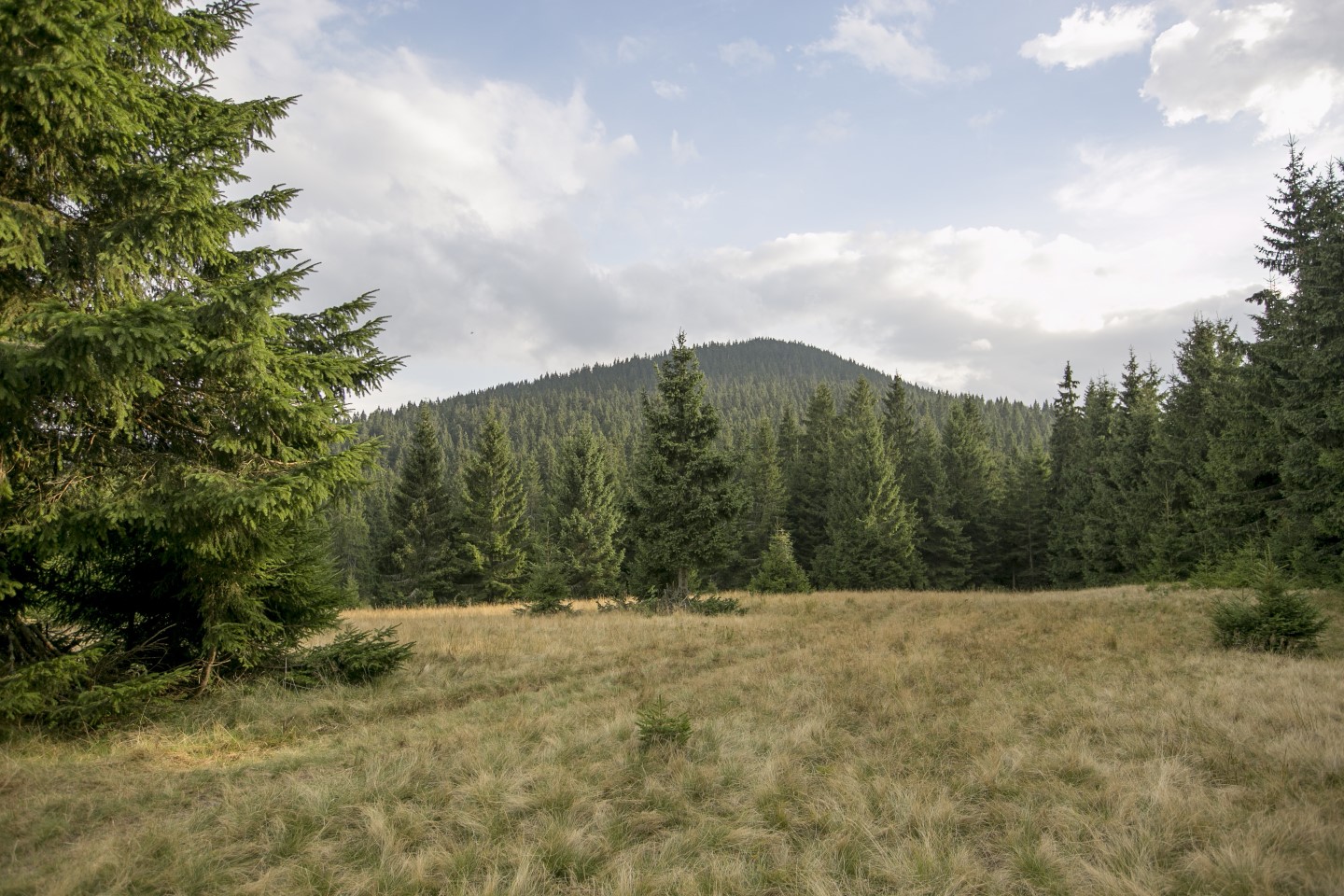
The most remote protected area of Slovakia, Horna Orava, was legally protected in 1979, and Babia Góra reserve has been under protection since 1926, making it the oldest reserve in Slovakia. Nearly half of the area is made up of forests - consisting in particular of beech, fir and spruce monoculture. The exception is Babia Góra (also known as Diablak), Pilsko and Paráča, where you will find spruce forests with an admixture of rowanberries. Due to the presence of numerous peat bogs, there are reptile and amphibian habitats, including salamanders.
Tatra National Park - Slovakia
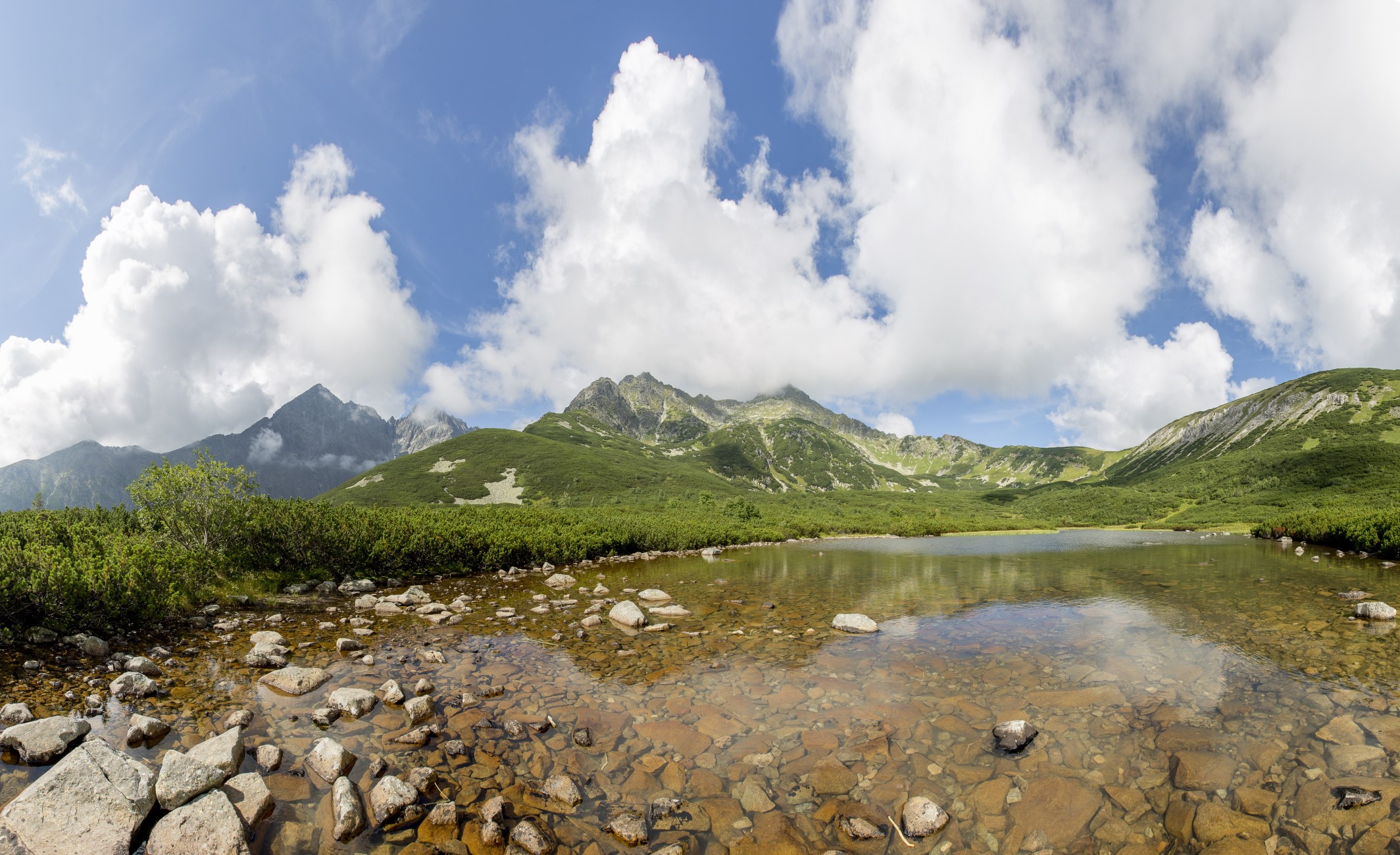
The Tatra National Park of Slovakia is the oldest protected area. In the Tatras we can distinguish three basic ranges - Western Tatras, High Tatras and Belianske Tatras. The borders of the Tatra Park extend along the Slovak-Polish border. The Carpathian arch passes through the park through the Gerlach peak (2655 m above sea level) and 16 other peaks, exceeding 2500 m above sea level. Although the High Tatras ridge in the Tatra National Park is only 26 km, it is at the same time the coldest and highest area of Slovakia. The High Tatras is a mountain range with perfectly developed glacial forms (boilers, moraines). The most famous glacial valleys in the High Tatras include Kôpvá, Tichá, Mengusovská, Veľká and Malá Studená dolina, Javorová, Bielovodská and Zeleného pleso valley. In the park there are about 100 lakes, the largest of which is Veľké Hincovo pleso.
Low Tatras National Park
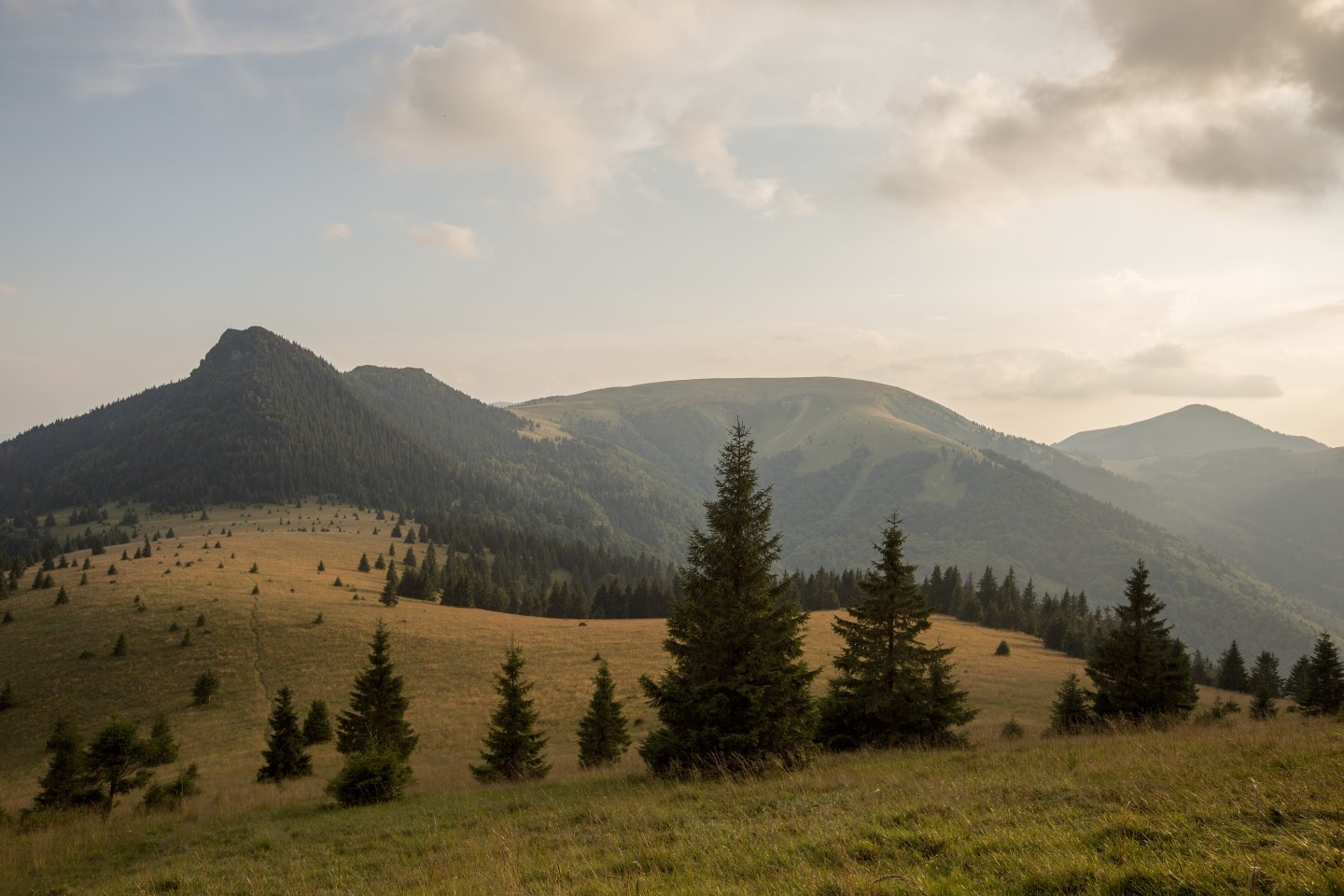
The Low Tatras massif immediately after the High Tatras is the most important protected area of Slovakia. The central part of the foothills was formed from crystalline rocks - granite, granodiorite, gneiss and filite, under the influence of glacier activities. The diverse geological structure of the Low Tatras also includes large karst areas - the system of Demänovské caves (National Natural Monument) stretches on nine levels with a length of 24 kilometres. The area of the Low Tatras is 90% covered by forests, including deciduous oak-beech forests. Among the protected species it is worth mentioning Edelweiss, several genera of saxifrage and the Slovak pasqueflower. The Low Tatras are the only place in Slovakia where we can meet Saxifraga Mutata and the Cryptogramma crispa.
National Park Veľká Fatra

Veľká Fatra National Park is located in the north-western part of central Slovakia. It stretches between Turca, Liptov and Banská Bystrica. The highest peak of the park is Ostredok, 1596 m above sea level. It is one of the most extensive protected areas, where natural diversity has been preserved. About 1000 plant species and 3000 invertebrate species have been identified in the park. About 85% of the area is covered with forests, including oak and beech forests. In the park there are protected habitats of yew-tree, which is quite rare in Europe. Of the vertebrates occurring, mention should be made of the wolf, bear and lynx, as well as the rock eagle.
Dodatkowe informacje




